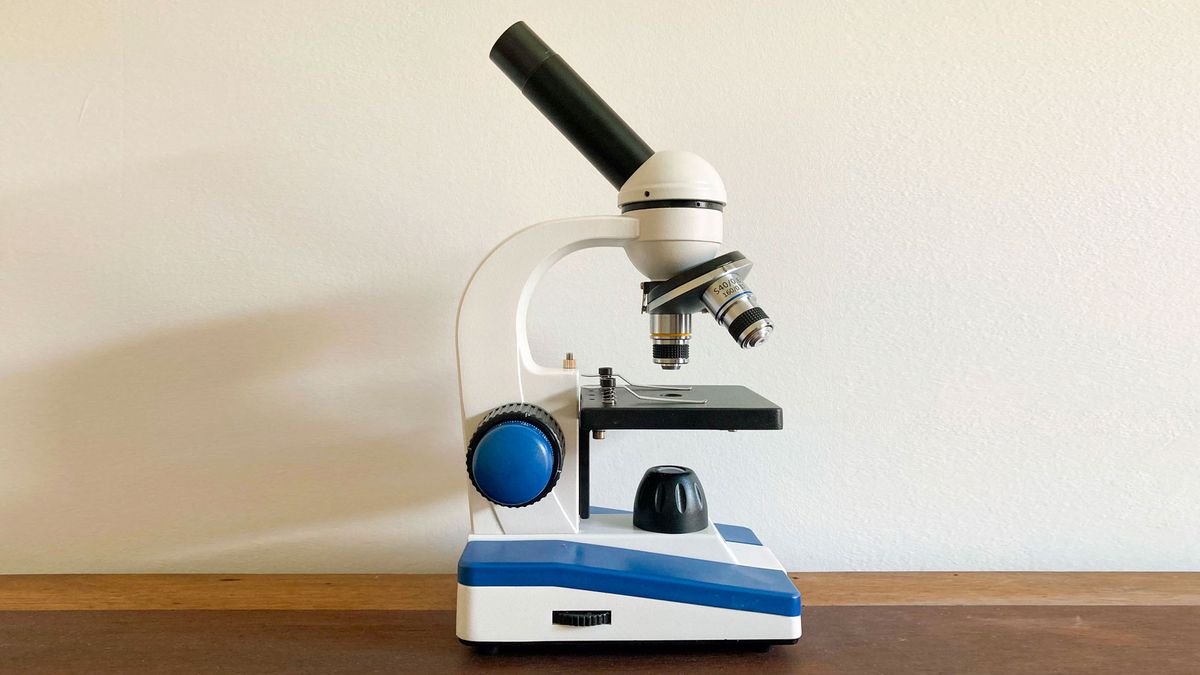The Y chromosome in primates — including humans — is evolving much more rapidly than the X chromosome, new research on six primate species suggests.
For instance, humans and chimpanzees share upwards of 98% of their DNA across the whole of the genome, but just 14% to 27% of the DNA sequences on the human Y chromosome are shared with our closest living relatives.
The finding surprised scientists, given that humans and chimpanzees diverged just 7 million years ago — a blip in evolutionary terms.
“I expect my genome to be very different to that of bacteria or insects because a lot of time has elapsed, evolutionarily speaking,” study co-author Brandon Pickett, a postdoctoral fellow at the National Human Genome Research Institute (NHGRI) at the National Institutes of Health, told Live Science. “But from other primates, I expect it to be pretty similar.”
Related: Genomes of 51 animal species mapped in record time, creating ‘evolutionary time machine’
It’s not clear exactly why the Y chromosome is evolving so rapidly. For starters there is only a single copy of the Y chromosome per cell — in primates, females carry two copies of the X chromosome, while males carry an X and a Y chromosome ––the Y chromosome plays a critical role in sperm production and fertility. Having only a single copy of the Y chromosome presents a vulnerability ––if changes happen to occur, there is no second chromosome to act as a backup.
And changes are likely to occur due to something called mutation bias. The Y chromosome may be so prone to change because it generates many sperm. This requires lots of DNA replication. And every time DNA is copied, there’s a chance for mistakes to creep in.
Scientists have previously sequenced the primate genome for all 16 representative families.
In the new study, published May 29 in the journal Nature, scientists compared the sex chromosomes of five great ape species — chimpanzees (Pan troglodytes), bonobos (Pan paniscus), western lowland gorillas (Gorilla gorilla gorilla) and Bornean and Sumatran orangutans (Pongo pygmaeus and Pongo abelii) — and one more distantly related to humans, siamang gibbons (Symphalangus syndactylus).
The team studied the chromosomes using telomere-to-telomere (T2T) sequencing. T2T can accurately sequence repetitive elements, including the protective telomere “caps” of chromosomes that have proven difficult to read in the past, Pickett said. The researchers used computing software to make comparisons between the sequencing results, by creating alignments to reveal which parts of the chromosome had changed and which parts had stayed the same.
The chromosomal X and Y sequences of each of the six species were also compared to the human X and Y chromosome, already sequenced in an earlier studywith the T2T method.
The findings revealed that across all the studied species, the Y chromosome evolved rapidly. Even species in the same genus have very different Y chromosomes to one another. For instance, chimpanzees and bonobos diverged just 1 million to 2 million years ago, yet there is a dramatic difference in their Y chromosome lengths, said Christian Roos, a senior scientist at the Primate Genetics Laboratory, German Primate Center, who was not involved in the study.
In some cases the difference in length — caused by chromosome losses or duplications that occur when DNA is copied — amounted to up to about half of the observed differences. For example, the Y chromosome from the Sumatran orangutan is twice as long as the gibbon’s Y chromosome.
In contrast, the study found that the X chromosome was highly conserved across the primate species, as might be expected for a structure with a critical role in reproduction.
One reason the Y seems to have thrived despite such a high rate of mutation is that across all the studied species, it contains stretches of highly repetitive genetic material, such as palindromic repeats, where the sequence reads the same forward and backward. Nestled within these stretches of repeating DNA are genes. So the repeated DNA may safeguard important genes from replication mistakes and thereby preserve essential biological material, the researchers wrote in their paper.
The study did have limitations though; it looked at only a single representative for each primate species, and it couldn’t say how much the Y chromosome would vary within animals of the same species, Pickett said.















